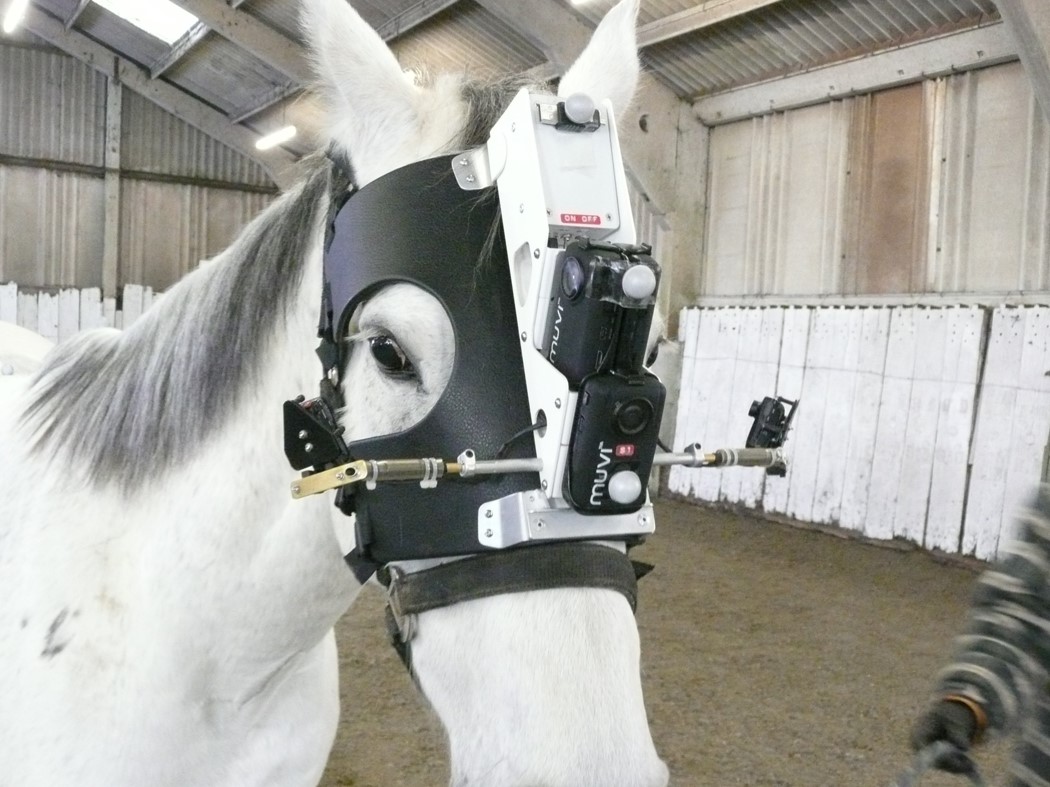Visual processing in the brain

Of all the senses, vision is the one that dominates our ability to connect with and comprehend the world. For most of us vision appears to be effortless - we open our eyes and see. However, the ability to recognise an object, for example your coffee mug, regardless of the lighting, viewing angle and distance is a complex computation problem. This complexity is clearly revealed when we build artificial systems to do such tasks.
The human visual system has a complex network of brain areas that are specialised for vision. Within this network there is also clear evidence for regions that carry out sub-components of the problem. For example, there are brain areas that are selective to the location of the object, its colour, motion or form.
BVI, in conjunction with clinical colleagues in Bristol and elsewhere, are gaining insights into this fractionation of function by studying patients with visual disorders and using a range of brain imaging methods (MRI, EEG, MEG). Such studies allow us to explore the neural basis of vision as well as understand better how to diagnose and treat patients with pathologies of the brain that affects vision.
